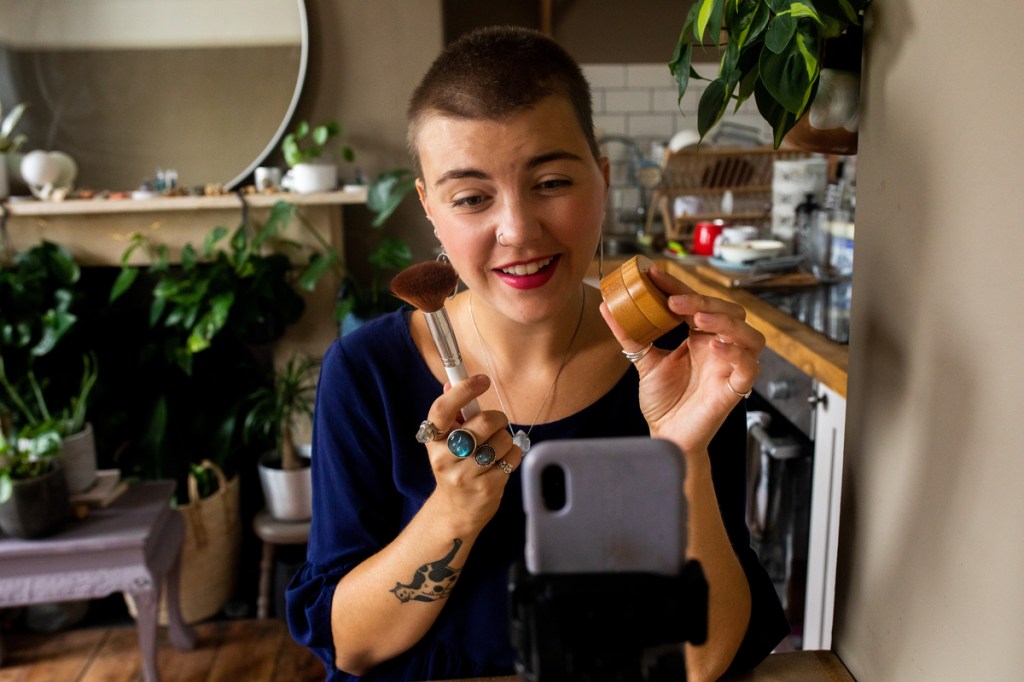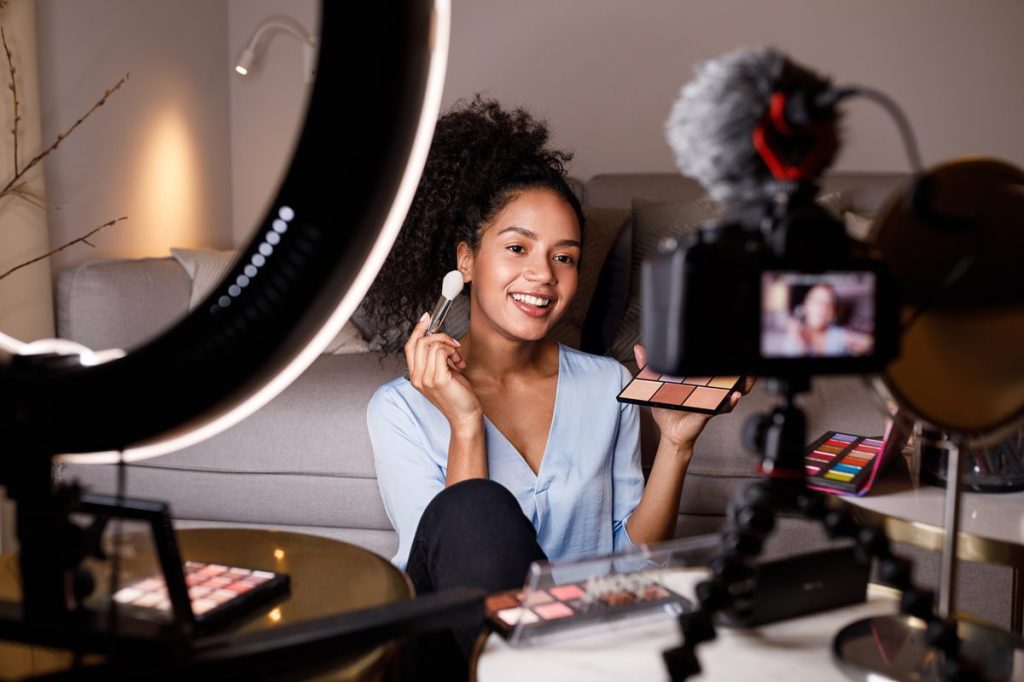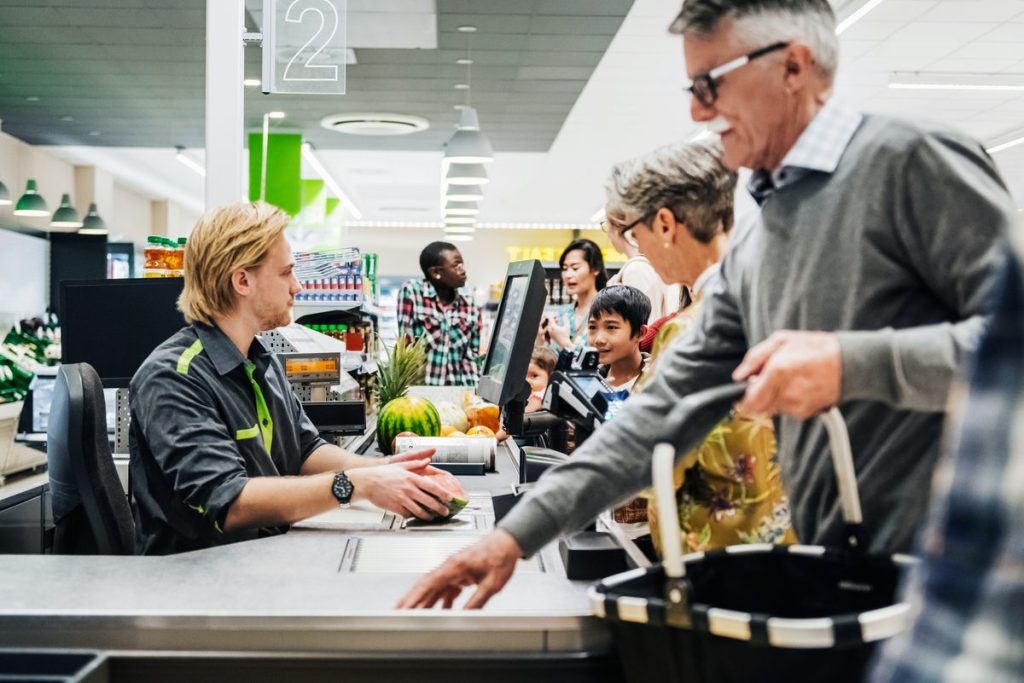Women’s Spending Power Grows as Values Shift
Spending Power
As of 2024, women control an estimated $31.8 trillion of worldwide spending and the number will continue to grow — women across the globe will control 75% of discretionary spending in the next 5 years.
Women are increasingly making economic decisions for their families and have 70-80% influence on all consumer spending.
The message for CPG brands and retailers is clear: effectively connecting with women will become important in executing strategies that are relevant and representative of such a powerful group.
$31.9 trillion
Worldwide spending controlled by women
75%
Portion of discretionary spending women across the globe will control in the next 5 years
70-80%
Influence on all consumer spending
Values and Preferences Driving Purchases
Quantifying the values driving women’s purchases offers a blue print for consumer choices. Equality, sustainability, authenticity — these are the compass points guiding their preferences. To truly connect with them, brands must go deeper in understanding and communicating these values.
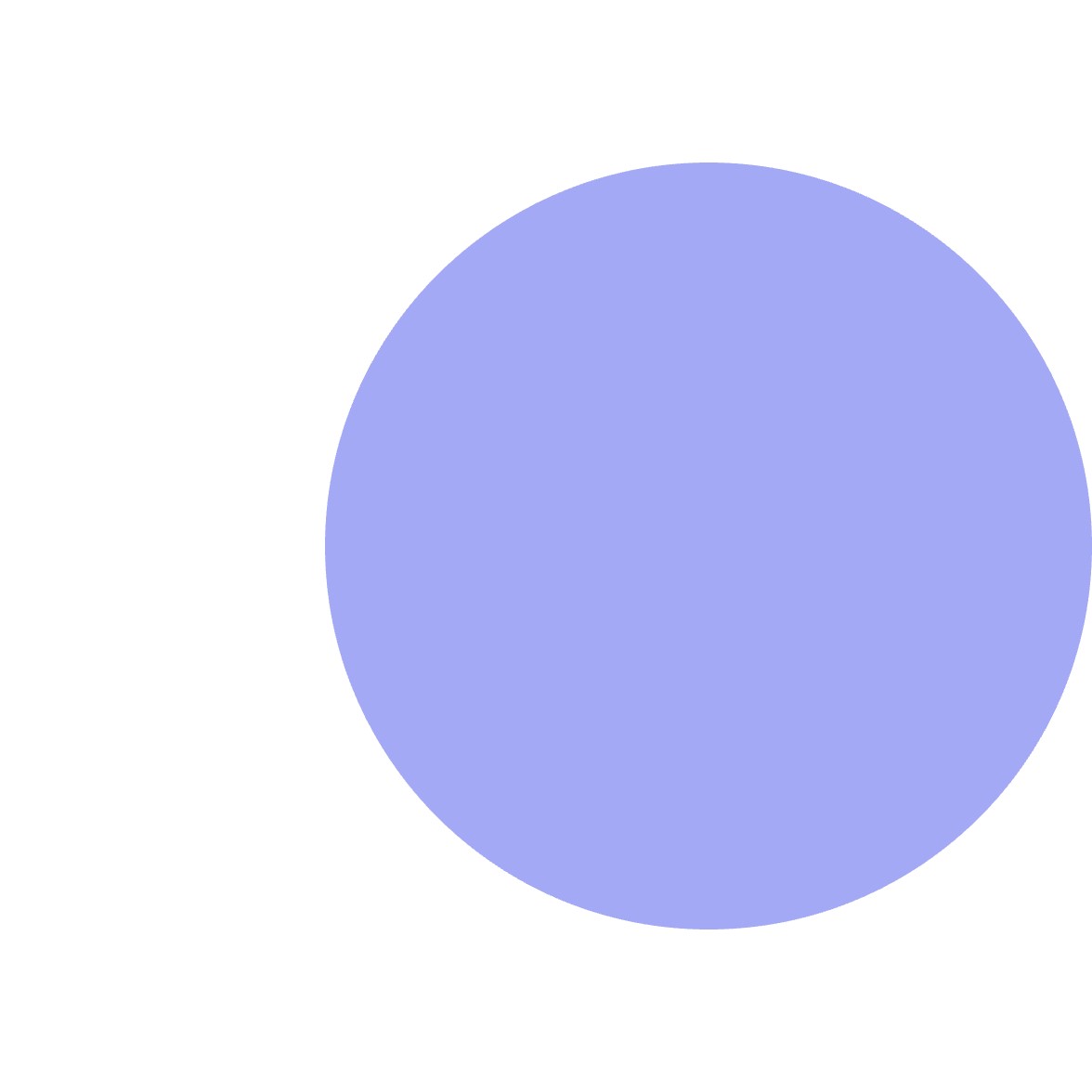
Equality
Supporting gender equality initiatives and inclusivity
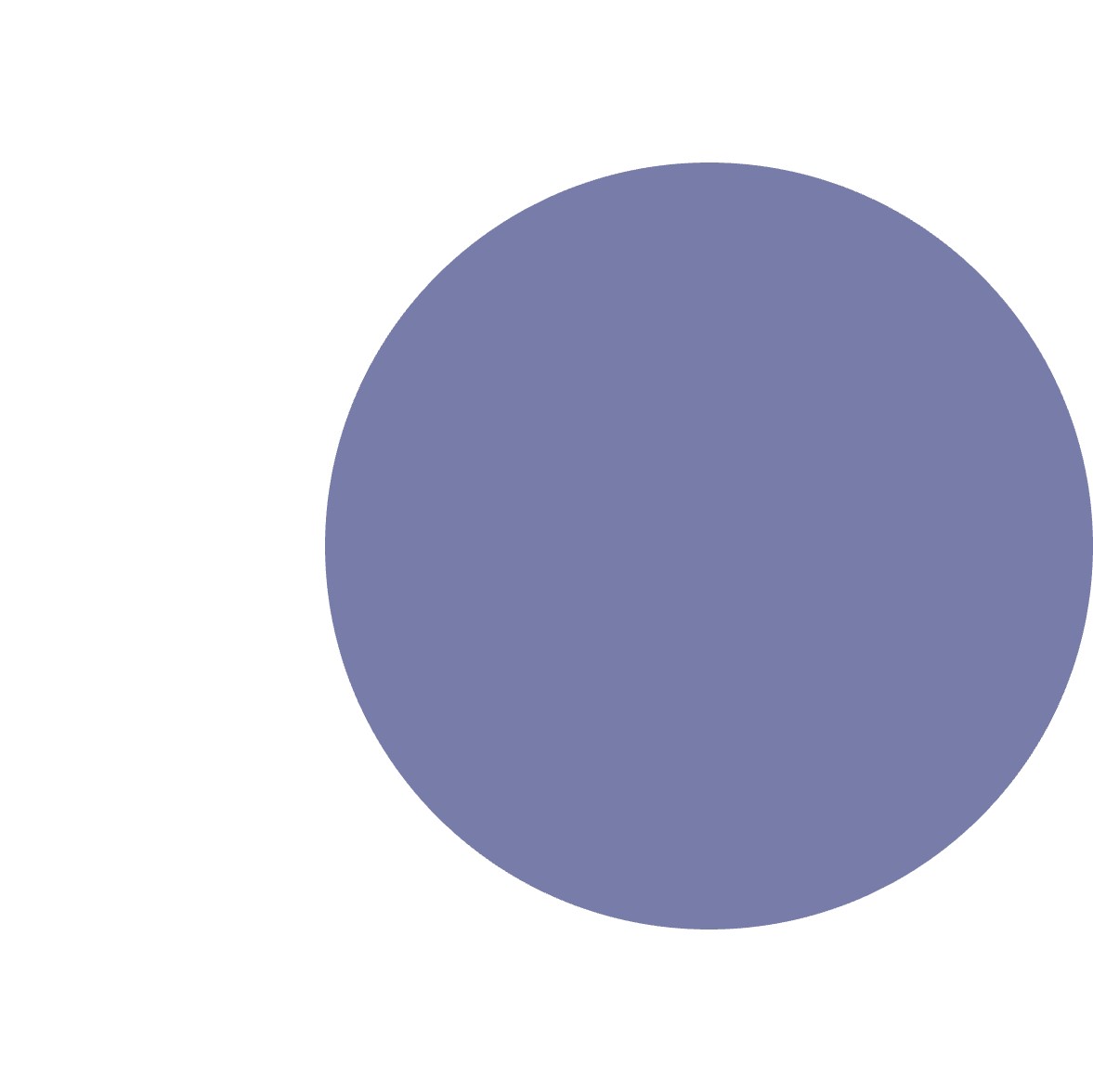
Sustainability
Choosing environmentally conscious products and prioritizing eco-friendly choices
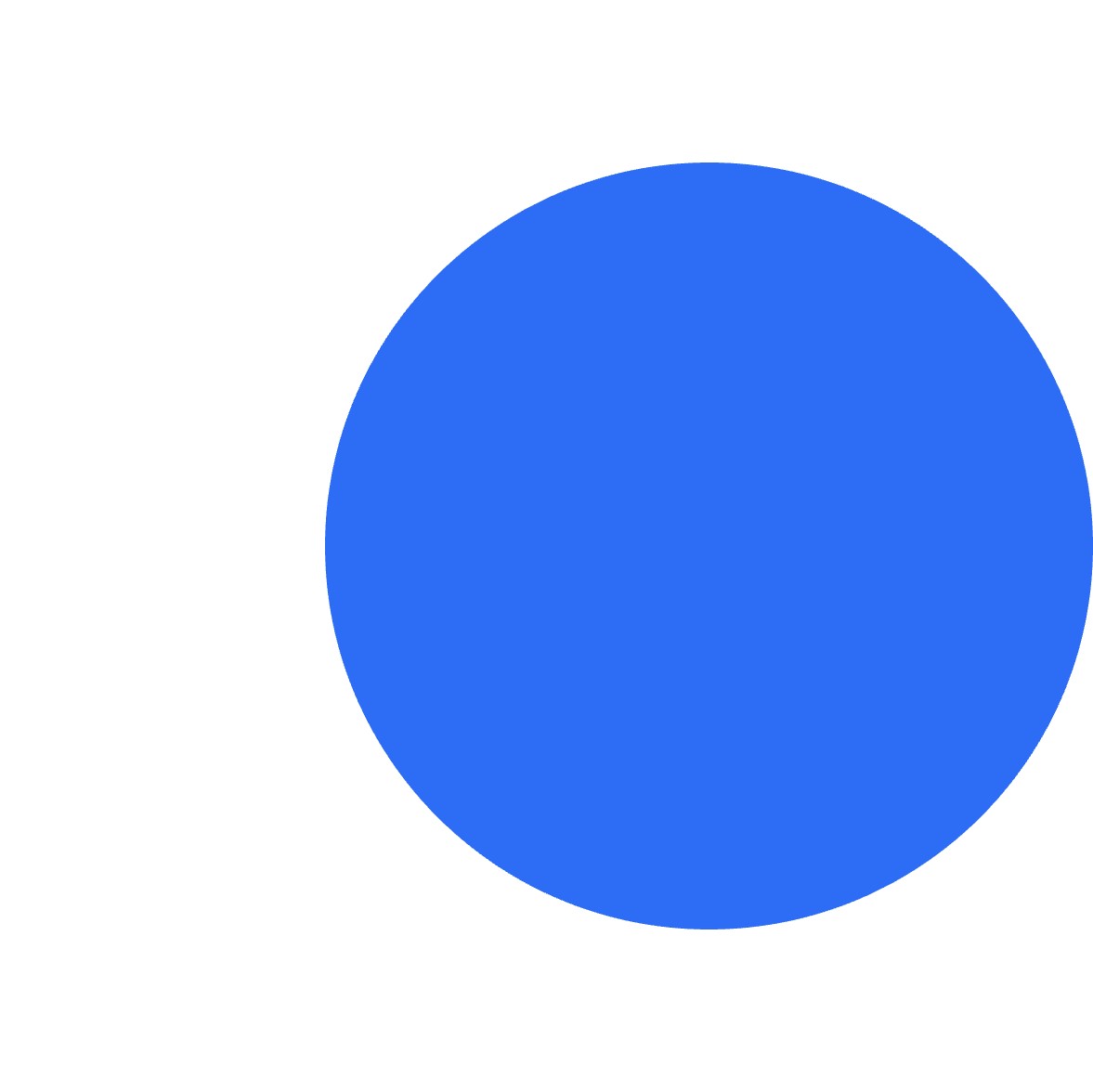
Authenticity
Portraying products that align with women’s authentic lifestyles and values and feature genuine stories
Understanding the factors motivating women’s purchases, whether convenience, quality, or brand values, is crucial for tailoring products to meet their unique needs. When making a purchase decision women tend to consider the following factors:
Purchase Drivers and Decision-Making

Quality
High quality and reliable products at a fair price

Emotional Connection
Evoke positive emotions or fulfill sentimental needs

Social Responsibility
Contribute to social causes that are aligned with their values

Key Takeaways
Understanding women’s values — across socioeconomic backgrounds, regions, and ages — is the key to more tailored, personalized strategies, from product development to marketing strategies. By tapping into this information, businesses can forge deeper connections with female consumers, gain an edge over the competition, and navigate the ever-evolving market landscape with confidence.
Strategies to Implement
Want to win over women in CPG? It’s all about building relationships on transparency and trust. Shine a light on your brand by openly sharing details at the attribute-level: about product ingredients, sourcing ethics, and corporate values. Show your commitment to doing right by the planet and society, mirroring the values shared by women consumers.
Comparing Women’s and Men’s Spending Habits
Online vs. In-store Shopping
As more consumers become “omnishoppers,” we see useful patterns emerge in how women shop between channels, their considerations and influences, and how this differ from men:
Category Spotlight
Analyzing women’s preferences in crucial CPG categories like beauty, grocery, and household items reveals trends that businesses can leverage for targeted strategies.
Women spend an average of $44.43 per shopping trip, $9.62 more than men.
The Health & Beauty industry, worth over $100 billion and growing, is an area where women are highly engaged and largely influential. Over 16 billion units of product across Hair Care, Skin Care, Fragrances and other categories show tremendous strength and understanding of women’s preferences and needs. With almost 400,000 total points of distribution, the Health & Beauty industry is inclusive and accessible, a value that drives women’s purchase decisions. Simply put, there is something for everyone and the industry continues to review the evolving needs of its consumer base.
Beauty brands have an edge when it comes to identifying diverse needs and adapting to trends — granular market measurement that spans online and offline channels can provide these foundational insights for brands.
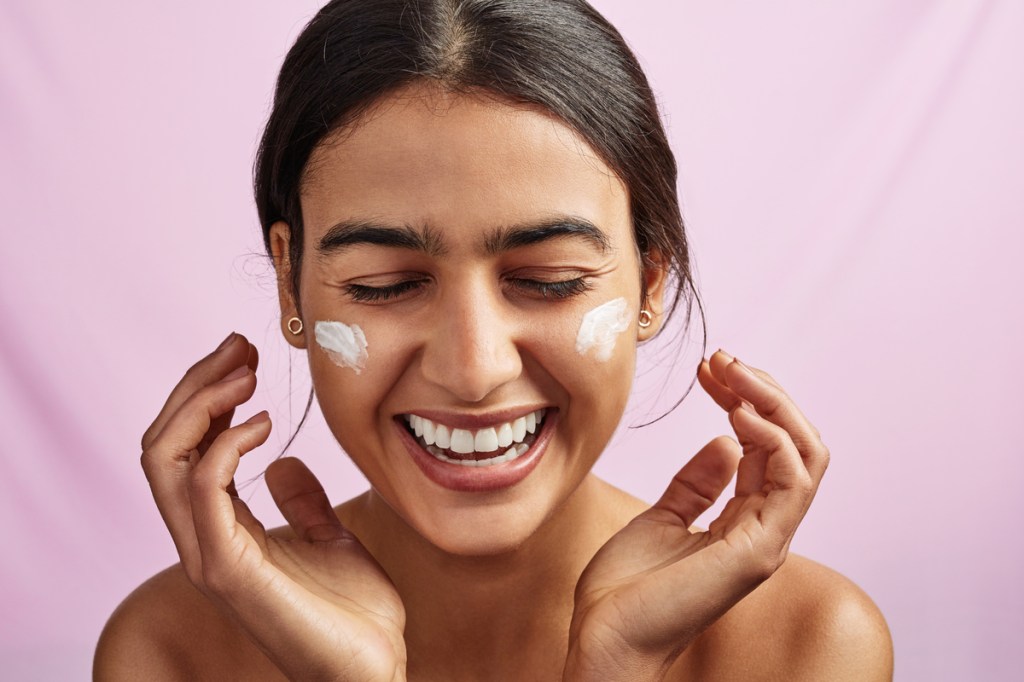

Key Takeaways
Understanding the nuanced differences in spending habits between women and men, particularly in the online versus in-store realms, provides businesses with valuable insights to optimize their sales channels. Women tend to prioritize thorough research and comparison online, motivated by convenience and broader product selection. Conversely, men may make quicker decisions in-store, valuing the tangible experience and immediate gratification.
Strategies to Implement
By analyzing data from various channels, including social media platforms, websites, and mobile apps, businesses can gain a comprehensive understanding of women’s online behaviors and preferences to drive digital engagement. This data can guide the creation of interactive content, provide valuable information tailored to specific segments, and foster community engagement that resonates with women consumers across different digital touchpoints. Ultimately, leveraging omnichannel data ensures that digital engagement efforts are targeted and effective in building brand loyalty.
By integrating data from multiple channels, such as online transactions, in-store purchases, and social media interactions, you can develop more nuanced segmentation strategies based on demographics, psychographics, and life stage factors. This granular approach allows for more accurate targeting of women consumers, ensuring that marketing efforts are relevant and authentic across various channels. Additionally, omnichannel data provides valuable insights into the preferences and behaviors of different segments, enabling businesses to tailor offerings and messaging effectively to drive engagement and sales.
Emerging Opportunities and Challenges

Women are driving change
Women are driving changes in the marketplace that will positively impact future generations as well. Today, many groups are advocating for greater representation of differing life stages, building a foundation for many to benefit from as they move into those stages and their needs change.
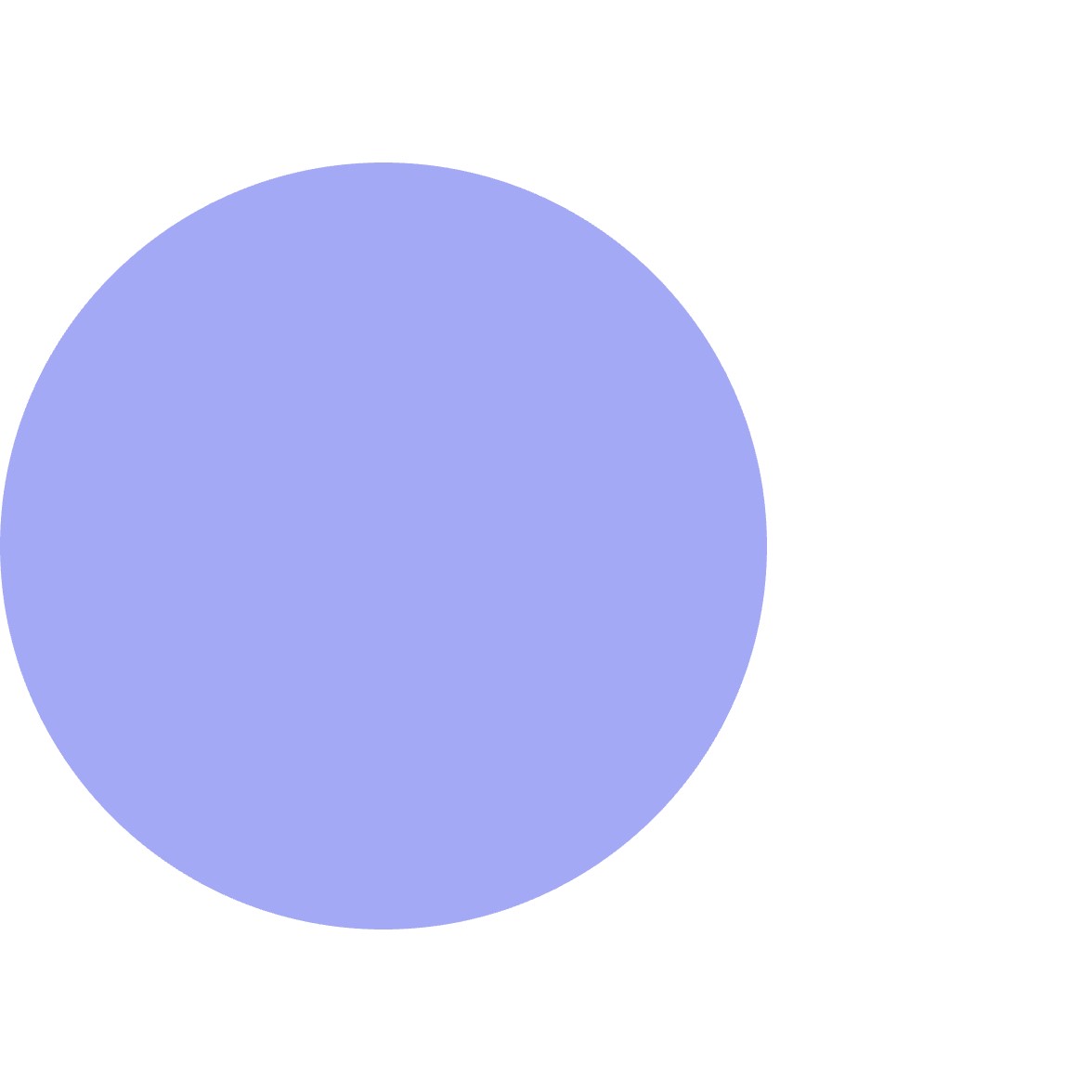
Category Spotlight: Reproductive Health Products
With over a billion menopausal individuals globally, there’s a massive untapped market waiting to be served. However, current data from NIQ Brandbank reveals a glaring gap in products directly addressing menopause symptoms, leaving 85% of women relying on lifestyle adjustments to manage their symptoms.
In an exclusive collaboration, NIQ Brandbank and NIQ Label Insight have teamed up with Gen M, a non-profit organization whose mission is to make menopause more visible on shelf at retailers, to conduct comprehensive analyses of the 48 menopausal symptoms.
The analysis reveals that many of the products that are beneficial for menopause, aren’t being marketed to women as a solution. Surprisingly, indirect menopause symptom claims are 160 times more discoverable than direct claims, as per NIQ Label Insight data. Leveraging this knowledge, brands and retailers can cater to women’s reproductive health needs more effectively, potentially unlocking new sales channels and driving growth.
A granular, attributes-based view of the market can help brands identify opportunities like these, increase “discoverability,” and ultimately have a meaningful impact on the millions of women managing various stages of menopause.
Beyond simply bolstering existing brands, a targeted focus on women’s needs has birthed new market segments, delivering added value to the CPG/Retail industry as a whole. Take, for instance, the emergence of reusable period care — a clear testament to the industry’s responsiveness to sustainability, a priority among women. The feminine personal hygiene sector, valued at $170 million according to NIQ Retail Measurement Services (RMS) data, has witnessed a remarkable evolution with the introduction of reusable period care. Notably, this innovative product has enticed new buyers at a rate of 29%, significantly outpacing the 7% growth rate of the overall period care market, as per NIQ Syndicated Omnishopper panel data.
Furthermore, data from Innovation Vitality powered by BASES underscores the potency of this sector, with a staggering 75% of products launched in feminine personal hygiene classified as ‘growers,’ boasting a 120 index for growth compared to innovations in other categories. This burgeoning category not only reflects a thoughtful response to women’s values but also exemplifies brands authentically catering to the needs of a dynamic consumer base.

Women’s Market Momentum
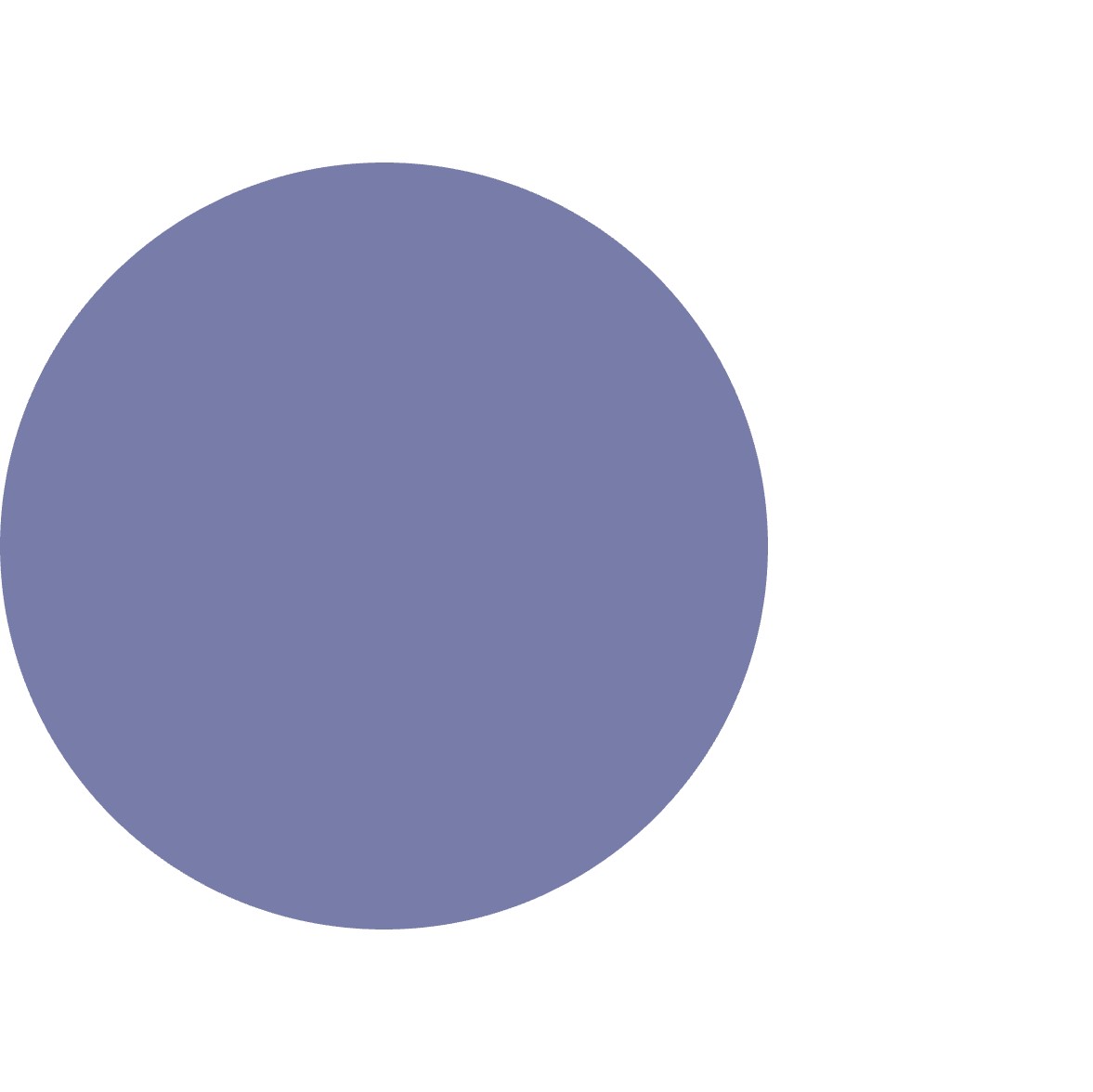
Continuing Trends: Women’s Values Redefining Consumer Loyalty
The surge in support for minority-owned brands is a trend poised for sustained growth. According to NIQ Syndicated Omnibus Survey data, one in every four consumers (25%) has embraced these brands in the past year alone. As minority-owned businesses, particularly those led by women, gain traction, their impact on the CPG market is undeniable.
At NIQ, we’re committed to propelling this movement forward. Through our NIQ Trailblazer program, we’re leveling the playing field for minority-owned businesses by ensuring equitable access to data. To date, we’ve invested over $200,000 in data and resources, democratizing our datasets and bolstering the competitiveness of minority-owned CPG enterprises.
We recognize the profound influence these businesses wield over the industry’s health and vitality. Their growth is not just beneficial; it’s integral to the market’s evolution. Women, as a consumer group, are at the forefront of shaping the future. By prioritizing their needs, we can anticipate major market shifts.
Furthermore, the emergence of products tailored to aging demographics and multicultural hair care signifies a broader shift towards specialized offerings that resonate with diverse values.
While exponential growth opportunities abound among female consumers, so do significant barriers. Tackling gender-based price disparities, such as the infamous ‘pink tax,’ is paramount for achieving true economic equality. Take personal care products, for instance, where items marketed to women can cost 13% more than those marketed to men. Given women’s historical earnings gap, this imbalance places a disproportionate burden on their wallets. Everyday essentials like soaps and razors often carry this pricing trend. Moreover, women shoulder the financial responsibility for items like feminine hygiene products, which don’t impact their male counterparts’ budgets.
Consider a product like deodorant: while the average unit price stands at $4.67 in the US, according to NIQ Retail Measurement Service data, the average unit price for feminine care products reaches $5.39, more than doubling the basket size of women compared to men for daily essentials. Delving deeper into the pink tax reveals glaring disparities, particularly evident in products like tampons. Advocates worldwide are diligently working to alleviate this burden, especially for lower-income women. However, achieving true parity demands collective action and a keen acknowledgment of the daily hurdles women face.

The Pink Tax

Key Takeaways
A vast majority of women (91%) feel that brands do not understand them. It will be important for companies to familiarize themselves with the values and preferences of women and amplify the causes they feel are important. Brands can unlock tremendous growth by prioritizing the challenges and opportunities of women consumers.
Strategies to implement
Embrace personalized marketing strategies to deliver tailored experiences and recommendations based on individual preferences and purchase history. Offer customization options that empower women to personalize products according to their unique needs and preferences.
Conclusion
As the CPG industry charts a course through the changing tides of women’s preferences, businesses that embrace diversity, sustainability, and authenticity will unlock unprecedented growth opportunities. This thought leadership piece serves as a guide for industry leaders ready to navigate the evolving landscape and prioritize the unique needs of women in CPG.
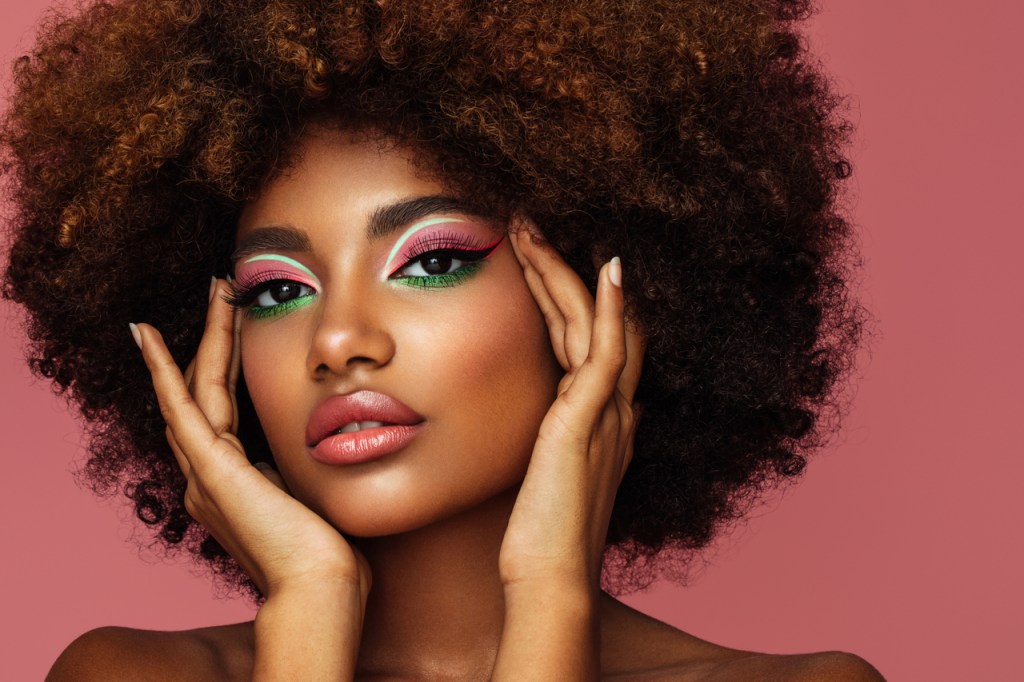

Contact the author
Kymberly Graham is a Vice President of Marketing at NIQ, and author of NIQ’s Diverse Voices series. For questions on this digital report, and how to use the Full View of your market and diverse consumer base for growth, contact Kym today.


